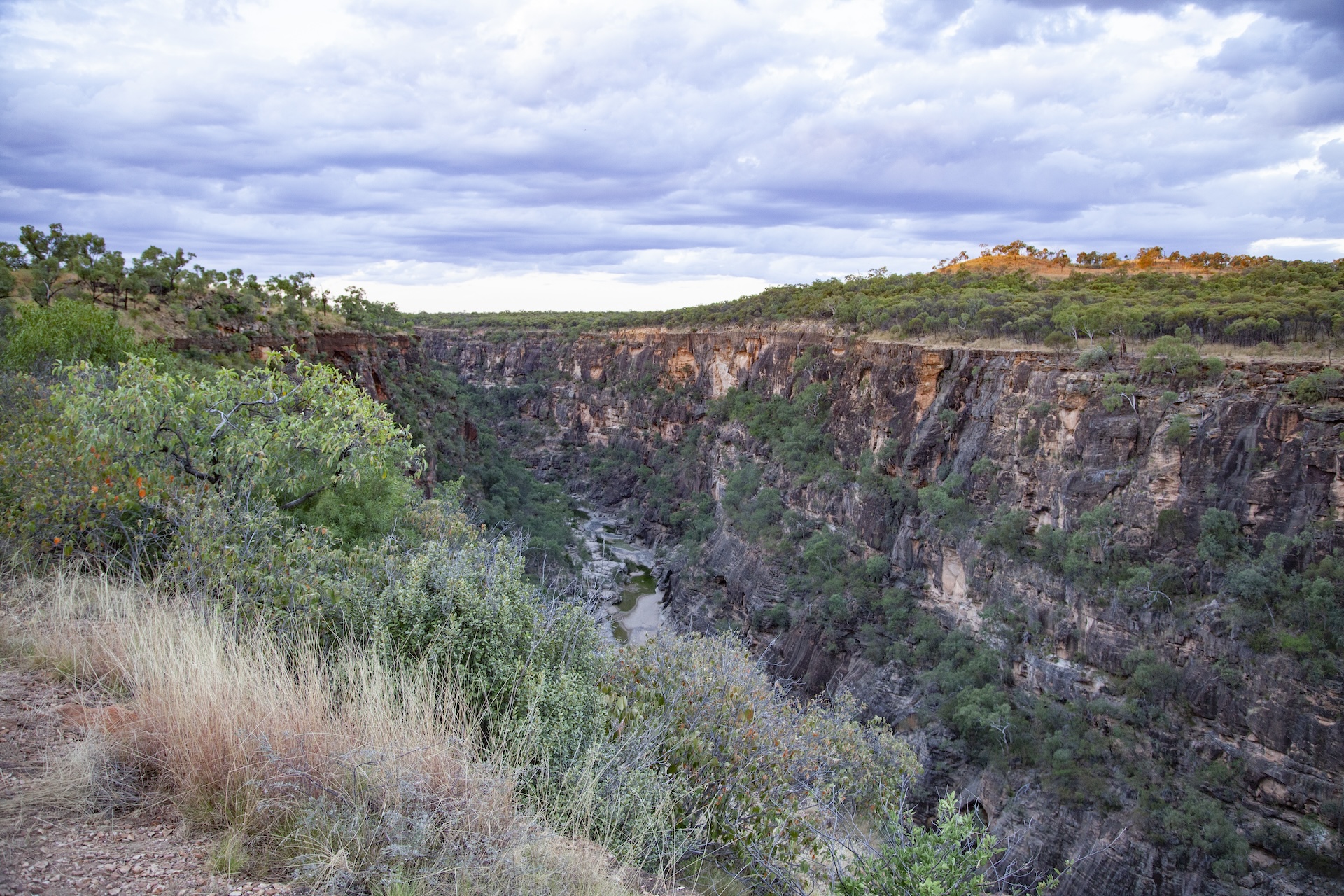As the Queensland sun mellows and the crispness of winter begins to creep in, there’s no better time to head into the heart of the Flinders Shire and explore one of the Outback’s most awe-inspiring natural wonders—Porcupine Gorge National Park.
Known affectionately as “Australia’s Little Grand Canyon,” Porcupine Gorge is a dramatic, multi-coloured chasm carved over millennia by the persistent flow of Porcupine Creek. With its vibrant rock walls, tranquil waterholes, and the iconic sandstone Pyramid rising from the gorge floor, this beautiful geological wonder near Hughenden offers more than just a scenic hike—it’s a walk through geological time, a photographer’s dream, and a nature lover’s sanctuary.
Let’s take you on a journey—down into the depths of the gorge and back again—with everything you need to know to make the most of your visit this winter.
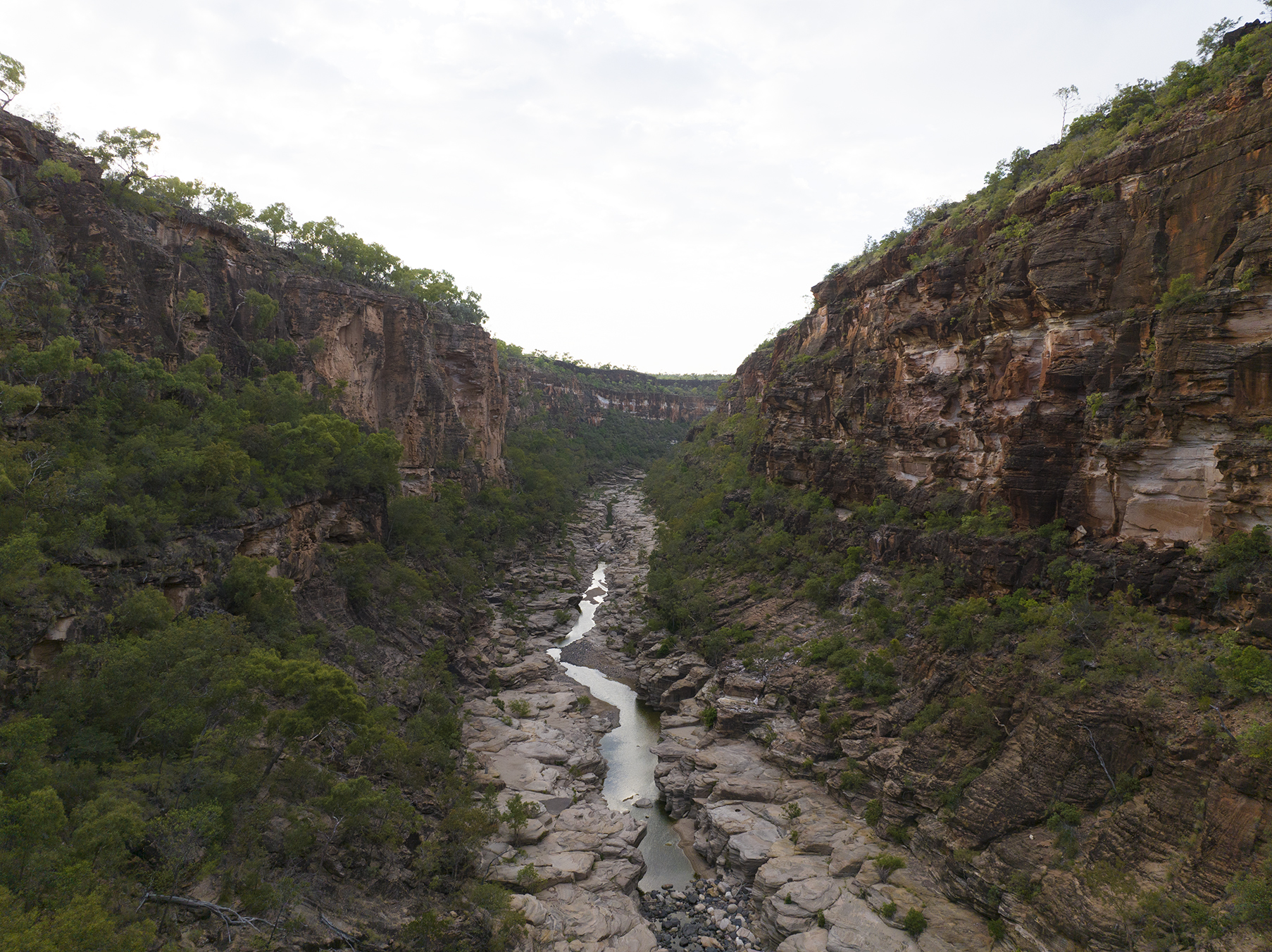
A Journey Through Time: The Geological Story of Porcupine Gorge
One of the most compelling features of Porcupine Gorge isn’t just what you see—it’s what you’re walking through. Each step down into the gorge is a step back through hundreds of thousands of years of geological history. The layers of exposed sedimentary rock, from soft red sandstones to ancient basalt and granite, tell a story that spans over 250 million years.
The gorge itself was primarily carved by the consistent erosion caused by the Porcupine Creek, which still winds its way through the base today. Over time, wind and water have etched and sculpted the cliffs into the magnificent forms we see now. This ancient geological tapestry makes the gorge a natural classroom for understanding the vast time scales that shape our planet.
As you descend from the rim to the base, take a moment to pause and run your fingers across the cliff walls. You’re touching rock older than the dinosaurs—silent witnesses to the evolution of the Australian continent.
The Perfect Season: Why Winter is Ideal for Your Gorge Adventure
If you’re planning a trip, May through August is arguably the best time to visit. Winter in North West Queensland means mild daytime temperatures (ranging from 20°C to 25°C), clear skies, and cool evenings. The searing heat of summer has passed, and the landscape is refreshed after the wet season, making hikes more comfortable and the scenery especially vivid.
Whether you’re a seasoned bushwalker or a casual adventurer, the cooler months offer the ideal conditions for tackling the main Gorge Lookout Track or descending all the way to the gorge floor.
Hiking into the Heart of the Gorge
The most popular route is the Porcupine Gorge Lookout and Gorge Floor Walk—a must-do for any visitor.
Starting Point: The Pyramid Lookout
Before heading down, take in the panoramic view from The Pyramid Lookout, located near the day-use area. Here, you can gaze across the yawning expanse of the gorge, with its layered cliffs and the unmistakable Pyramid formation rising dramatically from the floor. It’s the perfect place to orient yourself and snap a few photos before your descent.
The Descent
The 1.2 km trail down into the gorge is a steep but well-maintained track. As you descend, the temperature drops and the air thickens with the scent of eucalyptus and earthy stone. The descent takes about 20–30 minutes, depending on your pace and how often you stop to admire the view (and trust us, you’ll stop often).
The trail ends at a rocky, open area of the creek bed. From here, you can explore the surrounding pools, boulders, and layered cliff faces up close. Many visitors find a shaded spot to rest, have a picnic, or dip their toes into the cool water.
The Climb Back Up
Be prepared: the return ascent is where you’ll feel the burn. It’s a short hike but steep, so take your time, bring plenty of water, and rest in the shade if needed. For those with moderate fitness, it’s a rewarding challenge that’s well worth the views and experience.
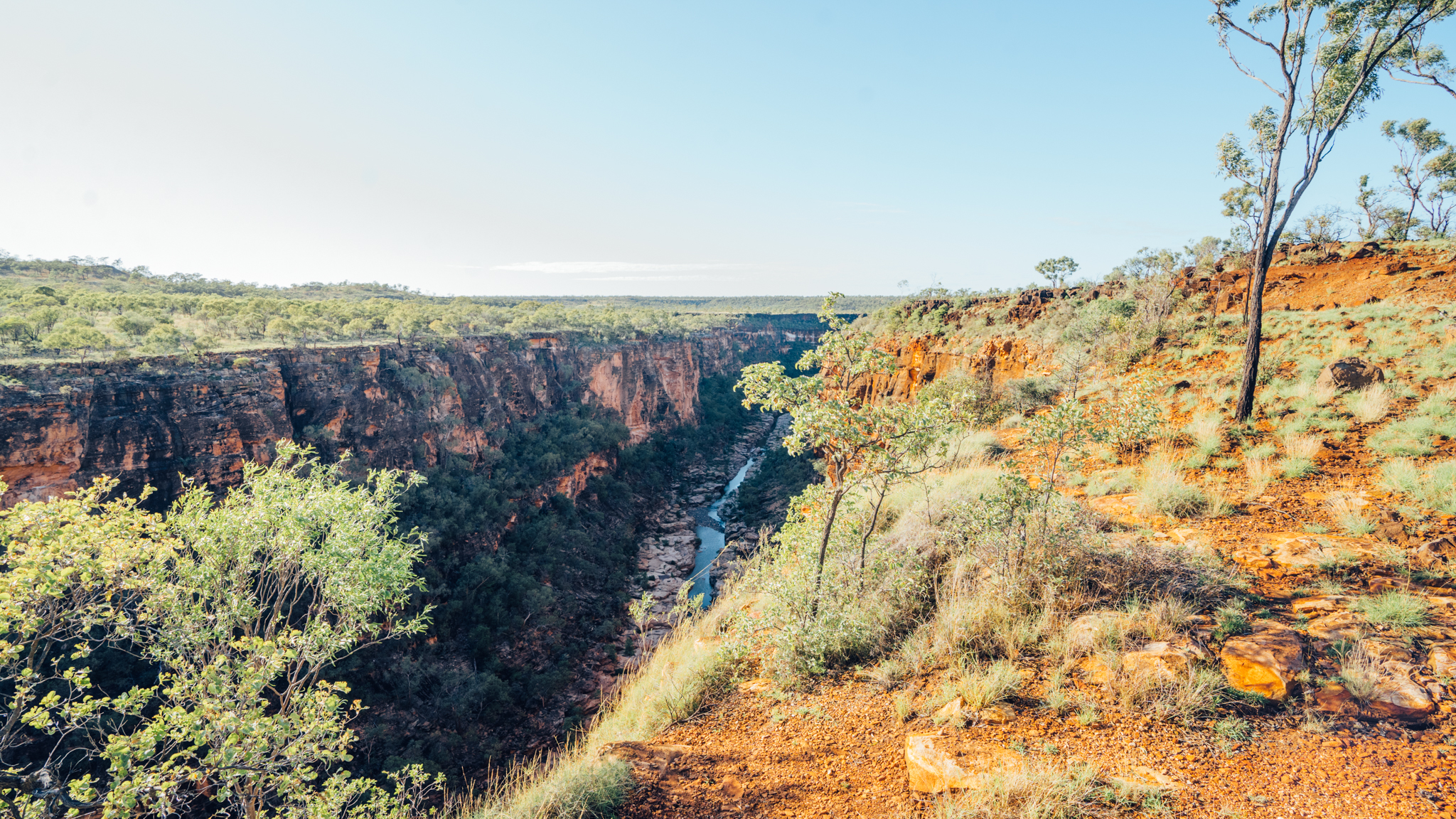
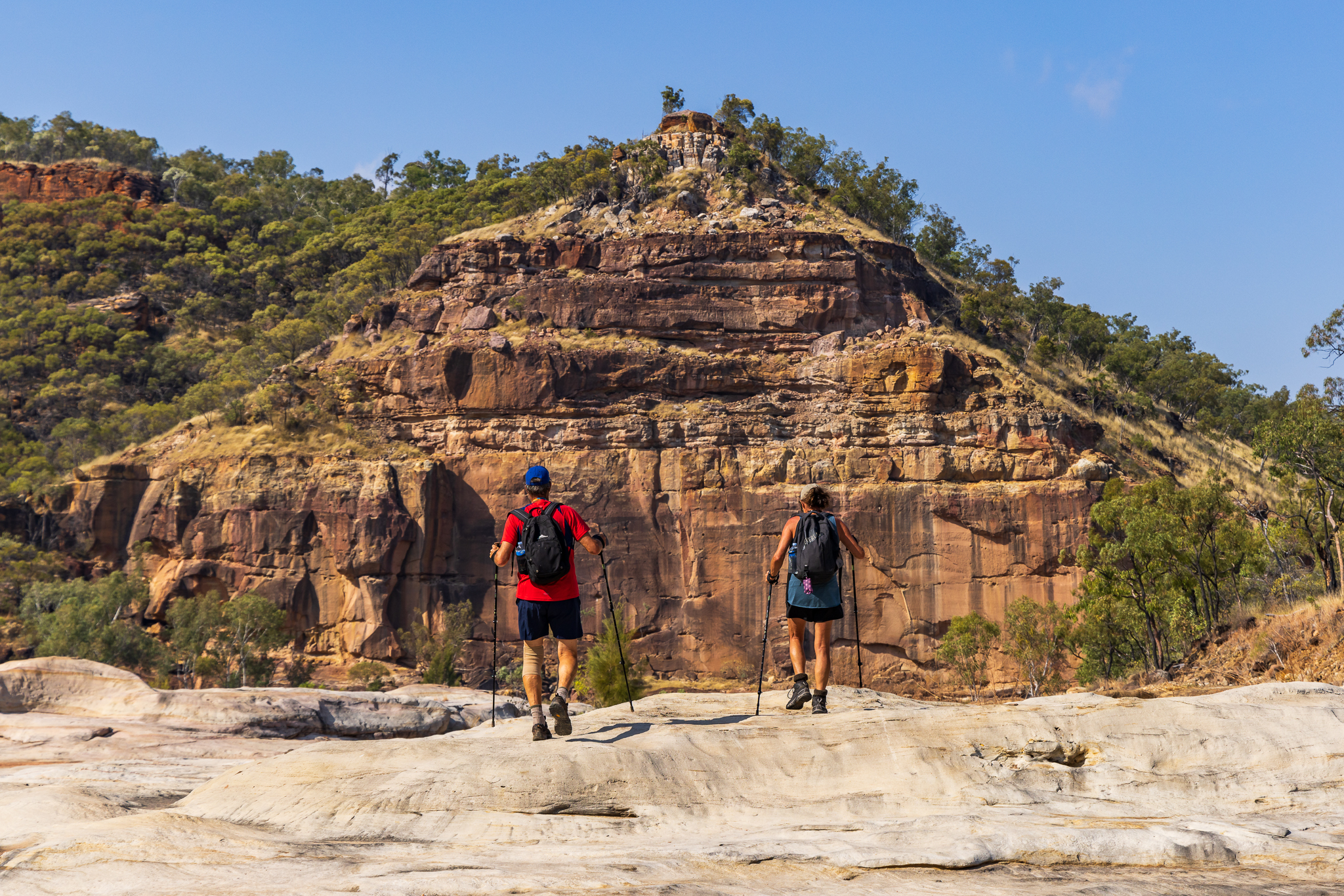
The Pyramid: A Natural Wonder
The gorge’s most iconic feature, the Pyramid, is a striking sandstone formation that seems to rise out of the earth like the tip of a buried treasure. Its layered sides glow orange, red, and gold in the sunlight, especially spectacular at sunrise and sunset. Over millions of years, erosion carved this formation into its current triangular shape, making it a favourite subject for photographers and a defining symbol of the park.
Photography Tips: Capturing the Gorge’s Beauty
Porcupine Gorge is a feast for the eyes and a dream for any photographer. Here are a few tips to make sure your shots do the landscape justice:
1. Golden Hour is Everything
Sunrise and sunset paint the gorge in warm tones that highlight the rock formations’ textures. Plan to arrive early or stay late to capture the best light.
2. Bring a Polarising Filter
A polarising filter helps reduce glare from water and enhances the contrast in blue skies and clouds—perfect for shots of the gorge walls and creek reflections.
3. Go Wide, Then Zoom In
While wide-angle shots give you dramatic vistas, don’t forget to zoom in on the smaller details—striated rock layers, native flora, or even a lizard sunning itself on a boulder.
4. Tripod and Time
If you’re serious about capturing the full mood of the gorge, bring a tripod for long exposure shots of water or low-light conditions at dawn and dusk.
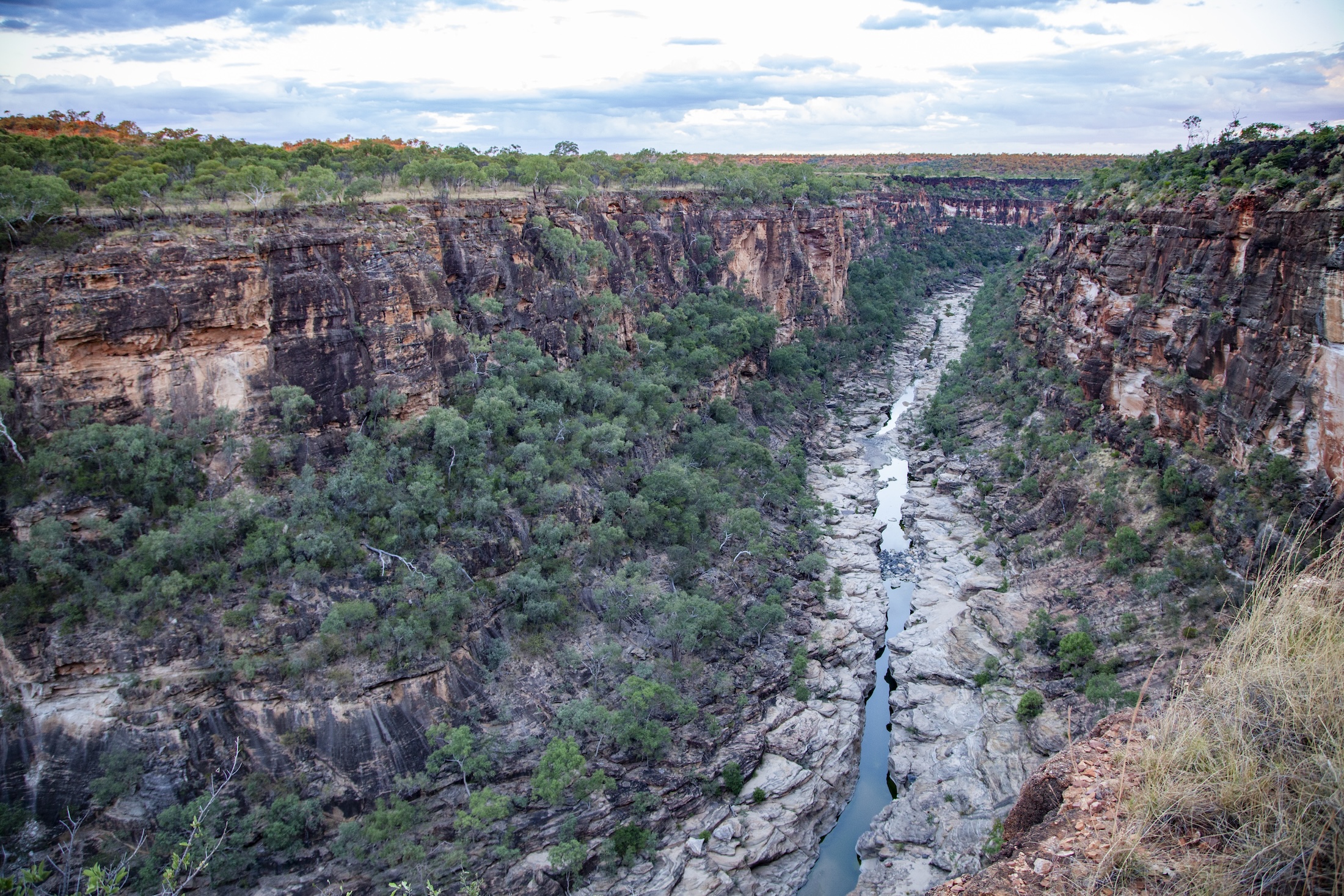
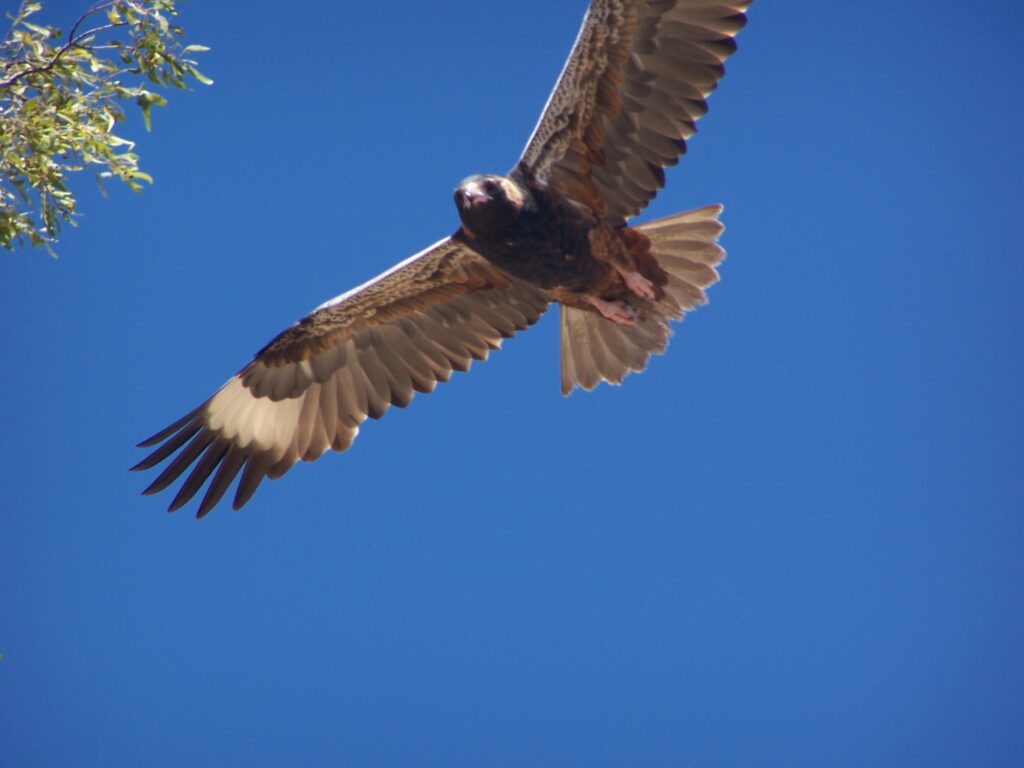
Flora and Fauna: Life in the Outback
Despite its arid setting, Porcupine Gorge hosts a surprising variety of life. Keep your eyes open for:
- Wallaroos and Eastern Grey Kangaroos in the early morning or late afternoon
- Potaroos – especially around the campsites at night
- Wedge-tailed eagles soaring overhead
- Red-tailed Black cockatoos – often in the trees at the top of the gorge in the surrounding bushland
- Rainbow bee-eaters flitting among the trees
- River red gums and native grasses that line the creek and shelter small reptiles and insects
The park is also home to rare species of plant life that thrive in the rocky outcrops and sandy soils. Respect the natural habitat—look, don’t touch—and you’ll be rewarded with a deeper appreciation of the outback’s resilience and diversity.
Safety Tips for Hiking the Gorge
While the gorge is a stunning place to explore, it’s important to hike safely and responsibly.
1. Bring Plenty of Water
There’s no drinking water available in the park, so carry enough for your entire visit, especially for the return hike up.
2. Wear Appropriate Footwear
Sturdy hiking shoes or runners with plenty of grip are recommended for navigating the rocky track and loose stones at the base.
3. Start Early or Mid-afternoon
Even in winter, the sun can be intense by midday. Start your hike early in the morning and aim to finish before the hottest part of the day. Alternatively, head down into the gorge around 2 pm so that you will be hiking back up in the cooler part of the afternoon. The trail back up is in the shade in the late afternoon as well.
4. Let Someone Know Your Plans
If hiking alone, always inform someone of your intentions and expected return time – The Flinders Discovery Centre is always a great port of call.
5. Beware of Slippery Rocks
Especially near the waterholes—take your time and tread carefully.
Camping and Staying Nearby
Porcupine Gorge National Park offers a designated camping area near the Pyramid Lookout, which must be booked in advance via the Queensland Parks and Wildlife Service website. Facilities include compost toilets and basic picnic areas. There’s no mobile reception at the campsite, so prepare accordingly.
If you prefer a bit more comfort, nearby Hughenden—just over an hour’s drive south—offers a range of accommodation from motels to caravan parks, plus local cafés and the excellent Flinders Discovery Centre, which provides more information on the region’s rich history, including fossils, Indigenous heritage, and geology.
Why Discover Porcupine Gorge?
Porcupine Gorge isn’t just a side stop—it’s a centrepiece of any Outback Queensland adventure. Combined with the hospitality and heritage of Hughenden, this destination offers the perfect balance of rugged wilderness and welcoming comfort.
Whether you’re drawn by the geology, the wildlife, the photography, or simply the peaceful silence of an ancient place, winter is your invitation to venture into the gorge. Take your time. Walk mindfully. And remember—with every step down, you’re walking into a story hundreds of thousands of years in the making.
Ready to go?
Check in with the Flinders Shire Council or Visit Hughenden before your trip for local updates, road conditions, and park access information. Then lace up your boots, grab your camera, and get ready to explore one of Queensland’s most timeless treasures.
References:
- https://parks.des.qld.gov.au/parks/porcupine-gorge
- https://www.visithughenden.com.au/attraction/porcupine-gorge-national-park/
- https://www.ga.gov.au/
- https://ozgeographics.com/2023/08/a-glimpse-into-the-geology-of-porcupine-gorge-national-park/
- https://parks.des.qld.gov.au/parks/porcupine-gorge/pdf/porcupine-gorge-map.pdf
